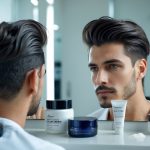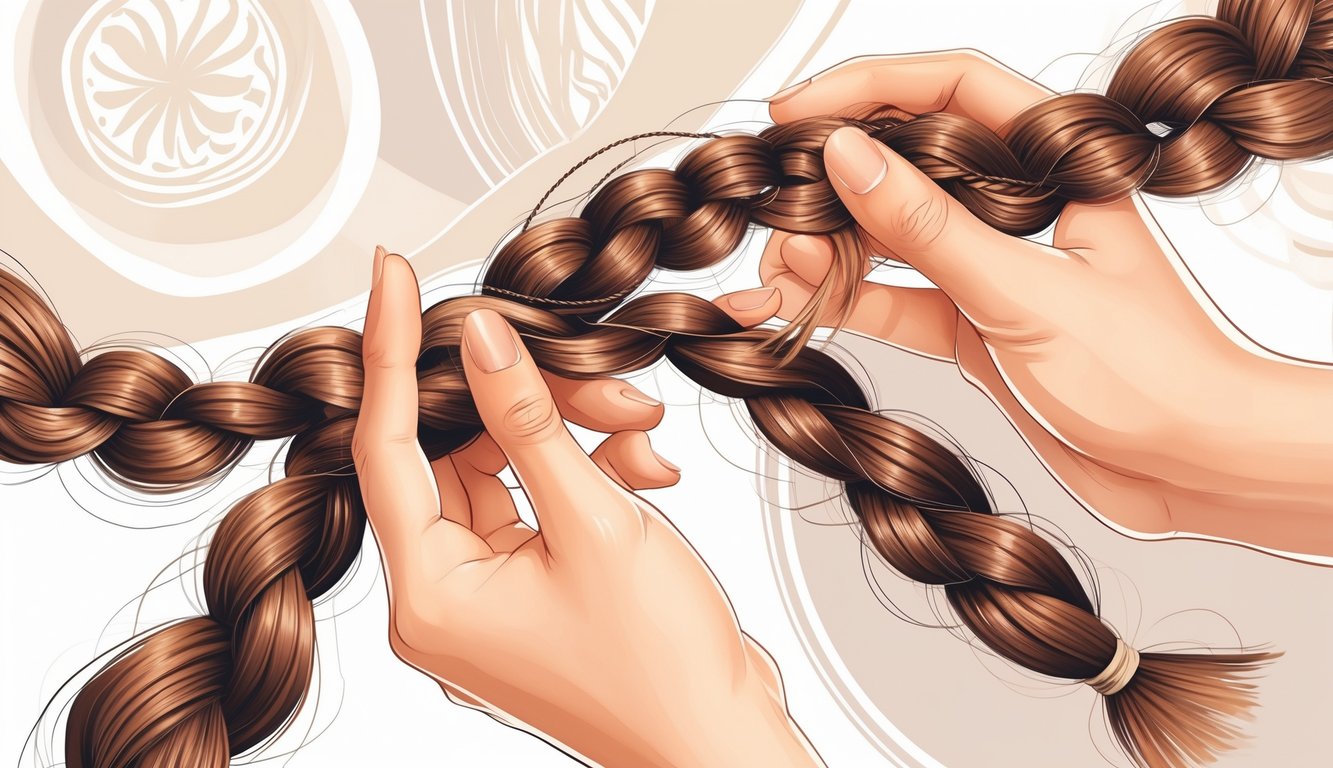
Essentials for Lasting Braided Styles
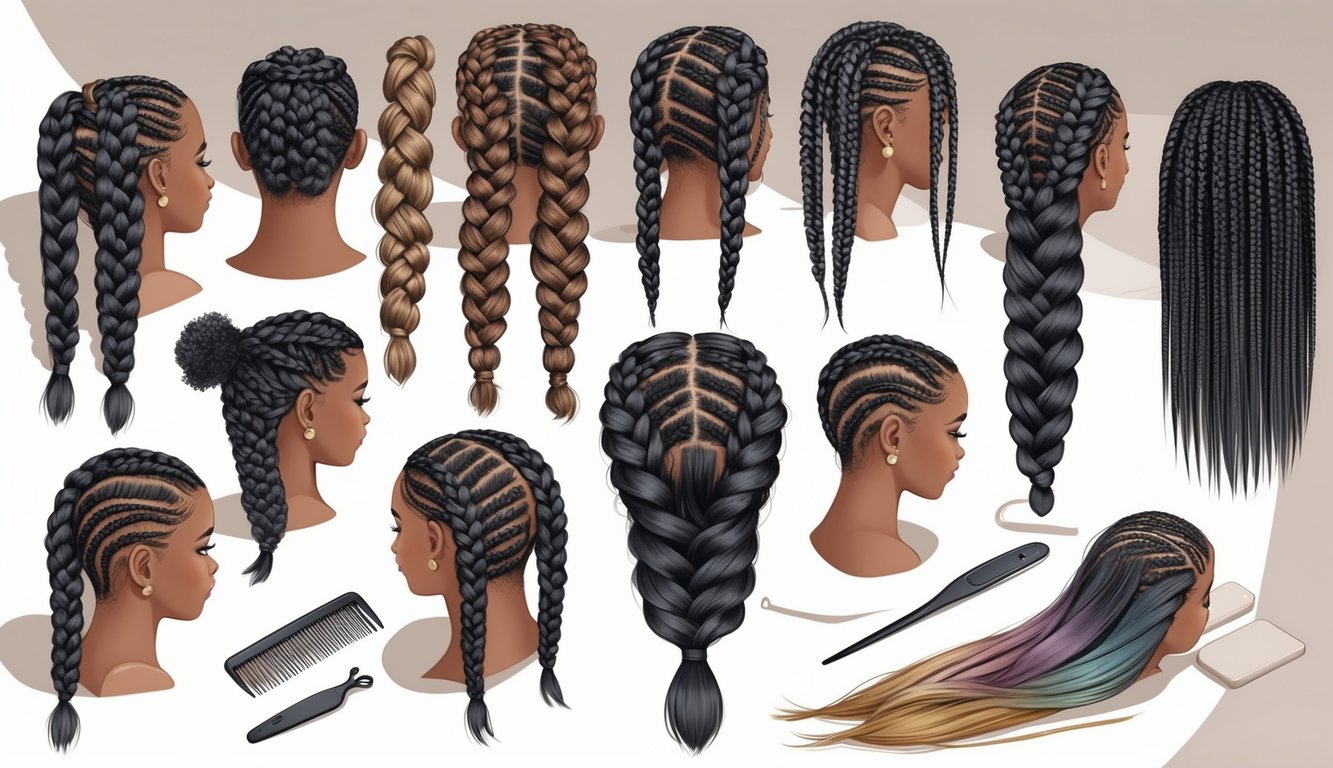
Everyone talks “protective styling” but skips the stuff that matters. Mess up your tool choices or shove in random beads, and good luck making it past week two (unless you love fuzz). I want my styles crisp, and my scalp not plotting revenge.
Choosing the Right Braiding Tools
Why do people drop $100 on extensions and then use a comb from the dollar bin? I tried the cheap plastic comb—snapped hair, wasted time. A real rat-tail comb with a fine tip? Cuts sectioning time by almost half, swear (Arlinda on YouTube claims she’s even faster).
Do not skip silicone-tipped sectioning clips. Those bat-wing ones? Gone in a week, always in the junk drawer. Metal clips snag—silicone is worth it. Anti-static mist? Just grab the wig stuff, it works. Good elastic bands that don’t rip out roots—my best run was three weeks fuzz-free with Invisibobble elastics. Dull scissors? Don’t even start. Sharpen them. Tool quality matters way more than brand. There’s actual math about tension and retention in this breakdown. I didn’t care about “ergonomic handles” until marathon box braids left my thumb numb for a week. Bought a padded handle, never went back. People obsess over technique, but bad tools do most of the damage.
Accessory Selection and Integration
I cringe every time I see heavy wood beads weighing down perfect Fulani braids. Three clients last month wanted “statement cuffs”—only one left with their edges intact. The others? Four-pound acrylic, not my circus. Tutorials skip the real talk: weight, friction, finish. Shiny beads abrade, cheap coatings flake off, and that gunk gets trapped by week two.
Some stylists use thread-wrapped wire. I tried it—flexible, no sawing. Plastic accents aren’t evil if you check for burrs (pantyhose test, trust me). Boho looks with human hair bits or curly extensions? You need gentle accessories—micro-clamps, silicon-coated rings. Otherwise, split ends for days. I buy accessories on sale but match color to roots, not ends—blends better, fewer slip-outs. News24 says even the best braids die early if you overload them. I’d add: cheap faux gems = scalp drama. If your scalp flakes after a week, blame the glitter. And if someone claims a “trademarked bead system,” run—nobody’s cracked the perfect accent.
Protective Styling and Hair Health
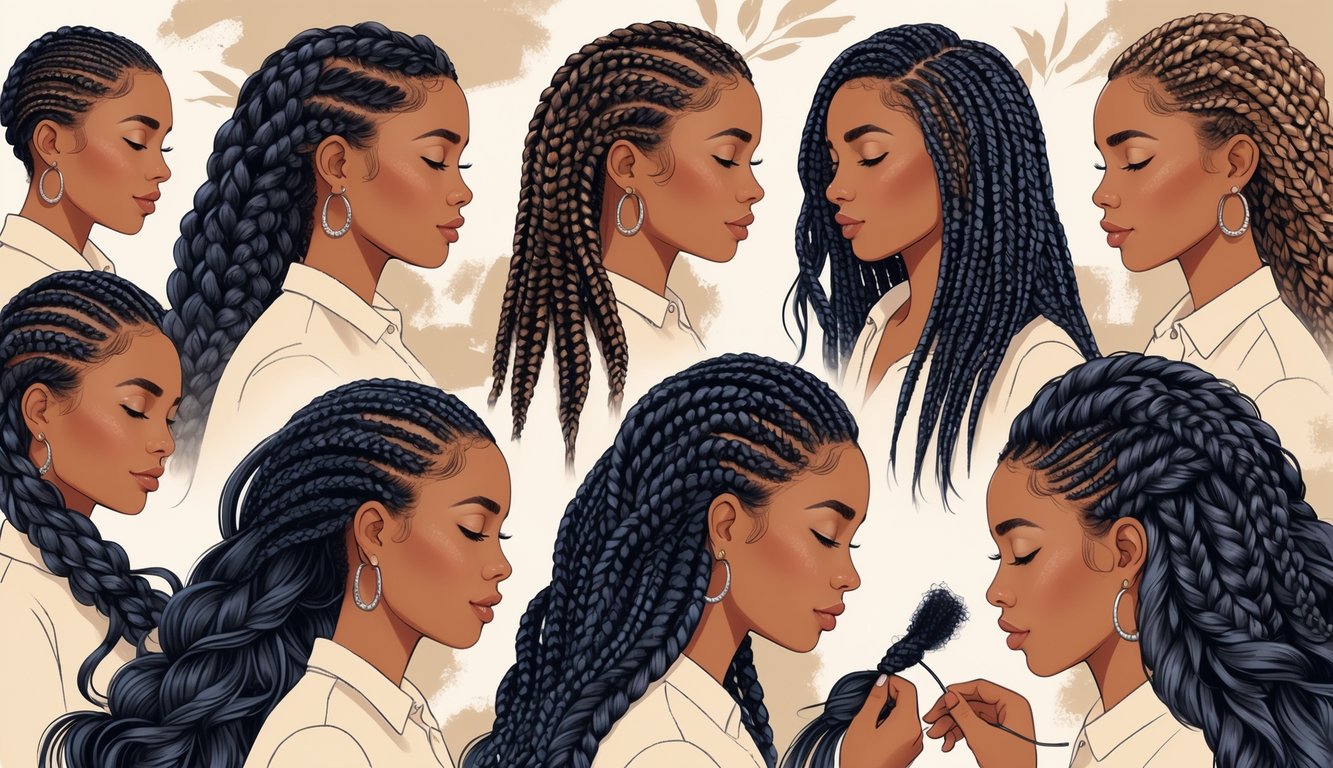
It’s wild how fast things go sideways if you don’t pay attention. Even a regular braid can trash your ends if you just grab and go. Protective styles? Kind of a double-edged sword. They promise to hide damage but also make you lazy, then—bam—breakage. Whole clumps gone, and you thought you were being “careful.”
How Braids Support Hair Wellness
I’m answering emails, absentmindedly finger-combing yesterday’s braids, and my scalp is actually grateful I’m not yanking at the roots. The braid pattern makes a difference—some keep things tidy, others just tangle. They help retain moisture way better than a messy bun, at least for me. Dr. Latisha Bethea, dermatologist, said, “Low-tension protective styles minimize breakage—patients with loose cornrows see less damage over six months.” Stats are all over, but CurlCentric claims protective styles help curly and coily hair, since that stuff snaps with any friction.
Wish someone told me sooner: tight is not better. Crank up the tension and you’ll get traction alopecia, guaranteed. There’s this urge to go for that ultra-sleek look (guilty, after scrolling Luxy Hair’s gallery), but it’s not worth sacrificing your edges. Braids work best if you moisturize with a lightweight leave-in, wrap with silk at night, and never, ever sleep on a cotton pillowcase unless you’re cool with losing inches.
Common Mistakes and Solutions
Why does everyone still get it wrong? Mega braids—“Ghana braids”—weigh a ton, and if you leave them in for months, your density thins out before you even notice those weird bald patches (see here). Parties stack up, you forget to redo your parts, and suddenly you’re shedding like crazy.
Twist too long, skip scalp oil (use grapeseed, not coconut, unless you want itch), and braid on damp hair—sounds minor, but then you get those weird bumps on your hairline. Stylists say six to eight weeks max, but if you read the Naturalista Vibes deep dive, even the “best” style fails if you never let your scalp breathe or skip hydration.
Silk bonnets, gentle detangling, and for the love of hair, no overnight “wet set braiding” unless you want mildew. I stare at my hairline sometimes, haunted by cheap elastics. Nobody warns you—your own hands do the most damage.
Perms and Braided Patterns: Professional Insights
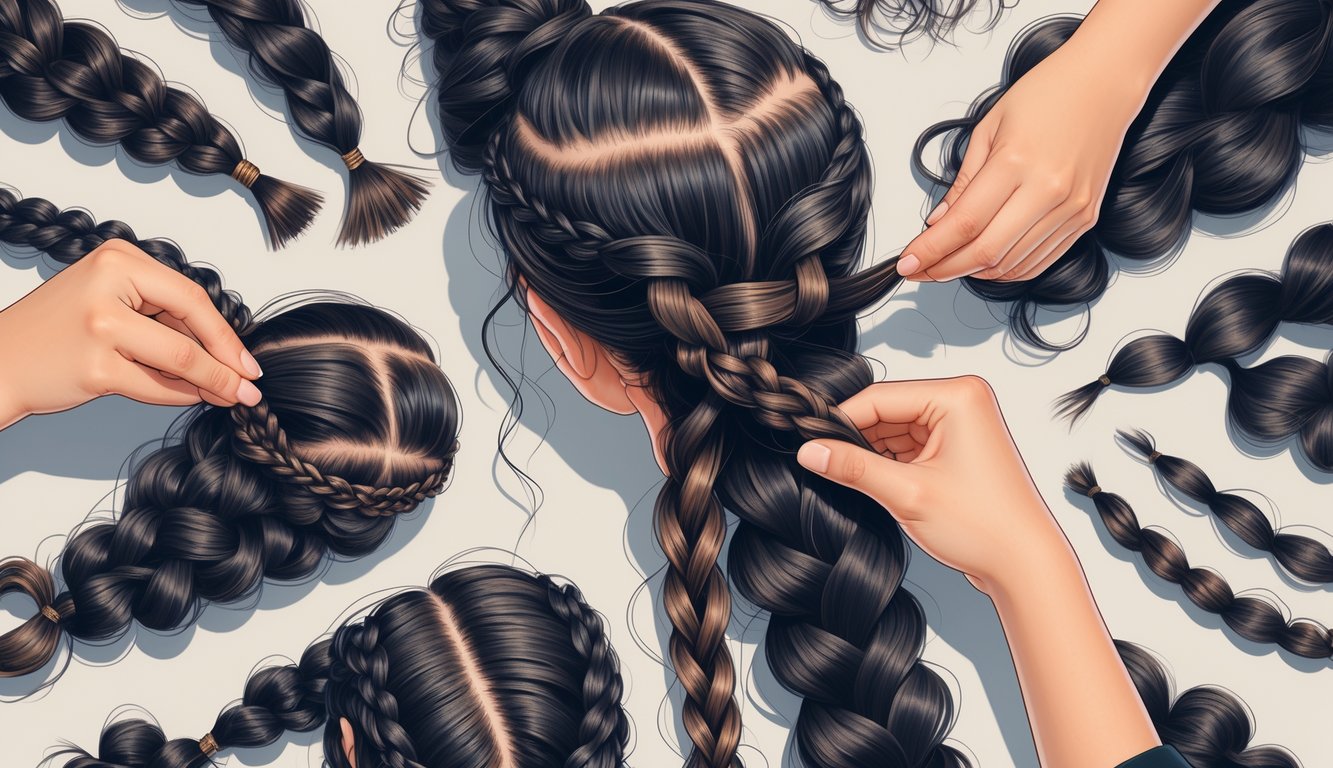
Technique roulette every time. It’s actually infuriating—sometimes a zig-zag from a “French braid perm” lasts longer than a tight curl, or the toner you loved last season just makes your perm frizzier. Chemical strength, braid tension, humidity—those are what decide results, not the fancy bottle.
Understanding Perms on Braided Hair
Last Tuesday, I’m holding a bottle of solution, three tight French braids down a client’s scalp, and she’s waving TikTok inspo at me. Everyone wants “soft crimp” now—whatever that means. Honestly, braid perm is basic: skip the rods, braid the hair, soak with acid-free or standard perm solution.
Stylists act like it’s all art, but it’s just control. Braid tension changes everything: loose plaits, soft waves. Tight plaits, bold zig-zags. Try explaining that to someone who wants effortless volume. I’ll say this—wash too often, and those “permanent” patterns are gone in months (six to eight if you’re careful, says 2025 salon stats). Intricate braids? The pattern lasts longer, looks softer.
If anyone says “braid perms never fail,” ask if they’ve dealt with cowlicks and random breakage. I do. Every single week.
Acid Perm vs. Traditional Approaches
Acid perms—yeah, those “gentle” ones everyone ignores unless their hair’s basically toast—don’t even get half the hype they deserve. Why is every YouTube tutorial stuck on spiral rods like it’s 1987? Acid perms sit around pH 6.5-7.0, which, fine, is “gentler,” but if you skip a strand test, you’ll find out real quick how fragile or colored hair can just give up. Ask any stylist who’s tired of fixing fried ends—Georgia (from that colorist panel I barely remember) ditched traditional perms for acid formulas with 20 vol developer, especially for clients who change their color like socks.
And then there’s the old-school, ammonia-packed perms. Supposedly, the curls last longer, but at what cost? I watched my braid pattern just disintegrate after one round with alkaline solution. Still mad about that. If you see some influencer bragging about “overnight transformation,” check back in a month for the damage report.
Honestly, most of the “pro advice” is just noise. If the product doesn’t match your hair’s strength, it’s a disaster. I once grabbed the wrong bottle and processed my highlights with the harsh stuff—never again. Acid only, no matter how many grays I’ve got. And if your stylist skips the pH paper? Nope, get out of there.



